Xiaomi 17 Pro Max Shatters Records, Challenges Apple
Xiaomi 17 Pro Max: The New King of the Block? Sales EXPLODE, Factory Scrambles – Is Apple’s Reign Over?
Get ready, folks, because the smartphone world just got a serious shake-up. In a game where every new release is a fight for the top spot, Xiaomi just dropped a bombshell. Just 24 hours after its grand debut on September 27th, 2025, the Xiaomi 17 series hasn’t just broken sales records in China – it’s creating a global buzz that’s seriously putting the established giants on notice. And leading the charge? The Xiaomi 17 Pro Max, which is absolutely crushing it, snagging over 50% of all sales. The company is already scrambling to ramp up production, with execs admitting demand “surpassed all expectations.” Could this be the turning point where Xiaomi truly becomes the “iPhone killer”? Let’s dive into what’s making this phone so darn popular, from store queues to the clever tech packed inside, and what it all means for the future of your pocket companion.
The Explosive Debut: Records Smashed in Minutes
At precisely 10 AM on September 27th, the virtual and physical doors for the Xiaomi 17 series swung open, and the response was nothing short of phenomenal. In a blink-and-you-miss-it five minutes, the entire lineup – which includes the standard Xiaomi 17, the Pro, and the star of the show, the Pro Max – obliterated the daily sales and revenue records for any domestic smartphone launch in 2025. That’s according to official company figures and reports from the likes of Counterpoint Research. This isn’t some lucky accident; it’s the payoff of Xiaomi’s aggressive play for the premium market. With prices starting at a cool 4,499 yuan (around $620 USD) for the base model, it’s a whopping 40% cheaper than its direct rival, the iPhone 17.
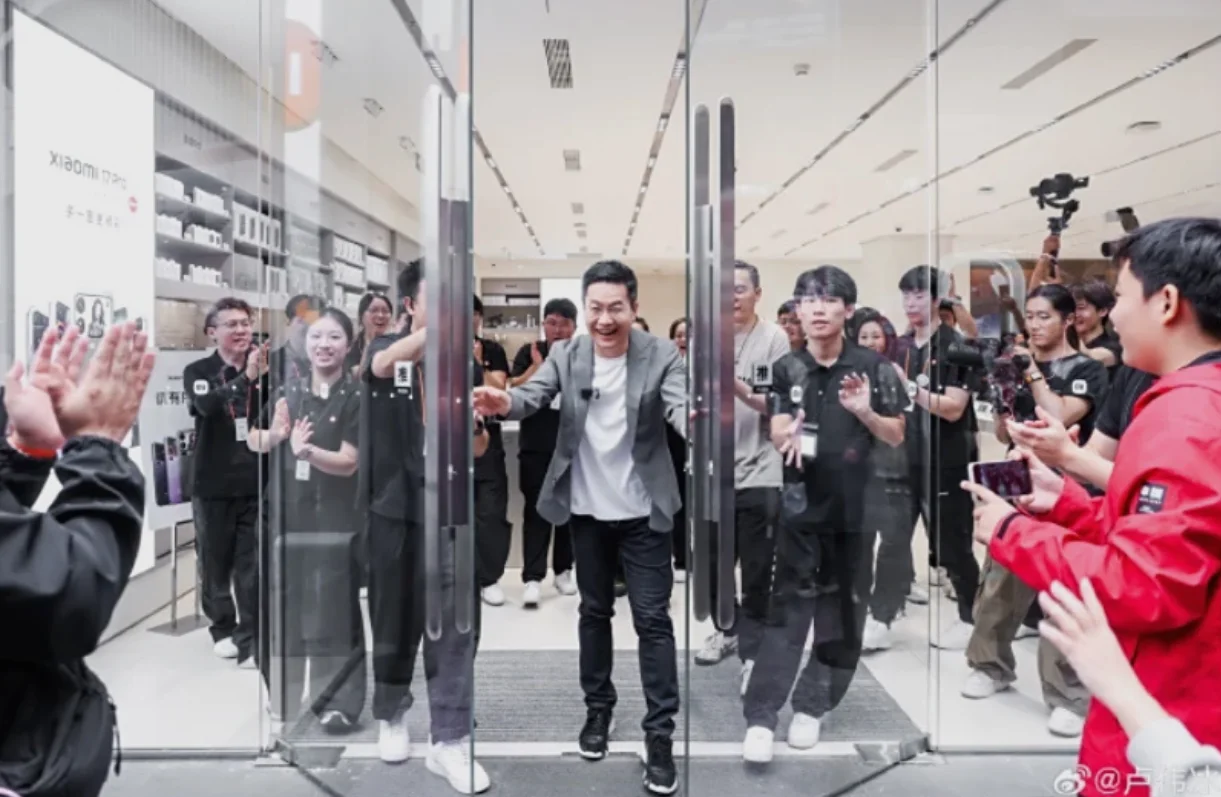
But the real headliner, the Xiaomi 17 Pro Max, didn’t just lead the series sales with over half the pie; it individually smashed single-model sales records for that same period. Lei Jun, Xiaomi’s founder and CEO, couldn’t hide his excitement on Weibo, posting, “Thank you for the support! The Pro Max is sold out in many stores; if you can’t find it, try the Pro, which also offers a fantastic experience.” This isn’t just marketing talk. The Pro, with its neat 6.3-inch compact design, is positioned as a killer alternative for those who want all the power without the XXL footprint of the Max.
Numbers don’t lie, though. Analysts are estimating that in the first 24 hours alone, the series cleared over a million units, with the Pro Max grabbing half of those. For perspective, the iPhone 17 launch in September saw an 8% jump in global premium sales, but Xiaomi’s own growth in the same segment hit a massive 55% in the first half of 2025, according to IDC. In China’s super-competitive market, this means Xiaomi isn’t just duking it out with Huawei and Oppo; it’s starting to chip away at Apple’s dominance, which dipped to 15.7% in Q2.
Here’s a quick look at what’s under the hood for each:
| Model | Starting Price (CNY) | Series 17 Sales Share (%) | Battery (mAh) | Display (inches) |
|---|---|---|---|---|
| Xiaomi 17 | 4,499 | ~20% | 7,000 | 6.3 |
| Xiaomi 17 Pro | 4,999 | ~30% | 6,300 | 6.3 |
| Xiaomi 17 Pro Max | 5,999 | >50% | 7,500 | 6.9 |
So, why is the Pro Max the undisputed champion? Just look at that battery and screen size. It’s a magnet for users who live by their phone and love to consume media, and get this – it even beats the iPhone 17 Pro Max in battery capacity (7,500 mAh vs. 3,692 mAh). That’s a huge deal.
Lu Weibing on the Front Lines: Personal Deliveries & Real-Time Feedback
You want to connect with your fans? Nothing beats getting your hands dirty. That’s exactly what Lu Weibing, President of Xiaomi and head of its mobile division, did. He showed up at the flagship store in Beijing’s Huaxi Live district to personally hand over the first units to lucky buyers. Dressed casually but sharp, Lu wasn’t just signing phones and posing for selfies; he was genuinely chatting with folks about why they chose the 17.
“Why did you pick the 17?” he’d ask, and the answers were a goldmine of praise. The “Magical Back Screen” (Miao Xiang Back Screen) was a clear winner. This secondary display on the back lets you see notifications, control music, or even snap selfies without flipping the phone – users were calling it “like a smartwatch built-in.” Others raved about the improved chassis design – more ergonomic and robust, with super-slim 1.18mm bezels – and the stellar selfie quality, thanks to the new Leica imaging system. The UWB support for smart car control also got a lot of buzz, especially from owners of Xiaomi or compatible vehicles.
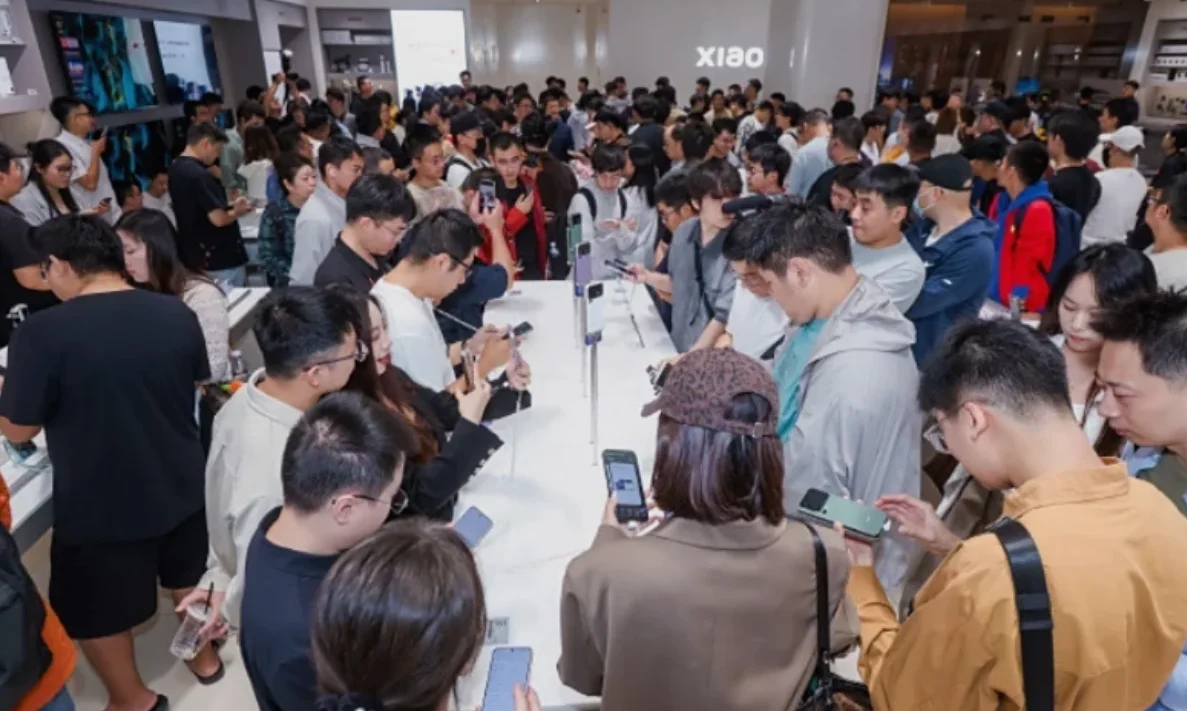
Lu even shared on his official Weibo: “The demand for the Pro Max has far exceeded our forecasts; we’ve already ordered accelerated production. It was a mistake to underestimate users’ appetite for this beast.” This honest admission struck a chord online, with hashtags like #Xiaomi17PersonalDelivery racking up millions of views. People on X (formerly Twitter) were praising the human touch: “Seeing a CEO hand-delivering phones is what makes Xiaomi great,” tweeted one fan, while others contrasted it with the “cold showroom” vibe of Apple.
Under the Hood: The Innovations Driving the Frenzy
So, what’s making the Xiaomi 17 Pro Max so darn irresistible? Let’s get to the heart of it: the fifth-gen Snapdragon 8 Elite processor, built on a 3nm process by TSMC. With a 4.6 GHz CPU, independent benchmarks are showing it matching or even beating Apple’s A19 Pro in multitasking. The GPU, with its dedicated graphics cache, keeps things cool even during intense gaming sessions, thanks to a vapor chamber cooling system that’s three times more efficient at heat dissipation.
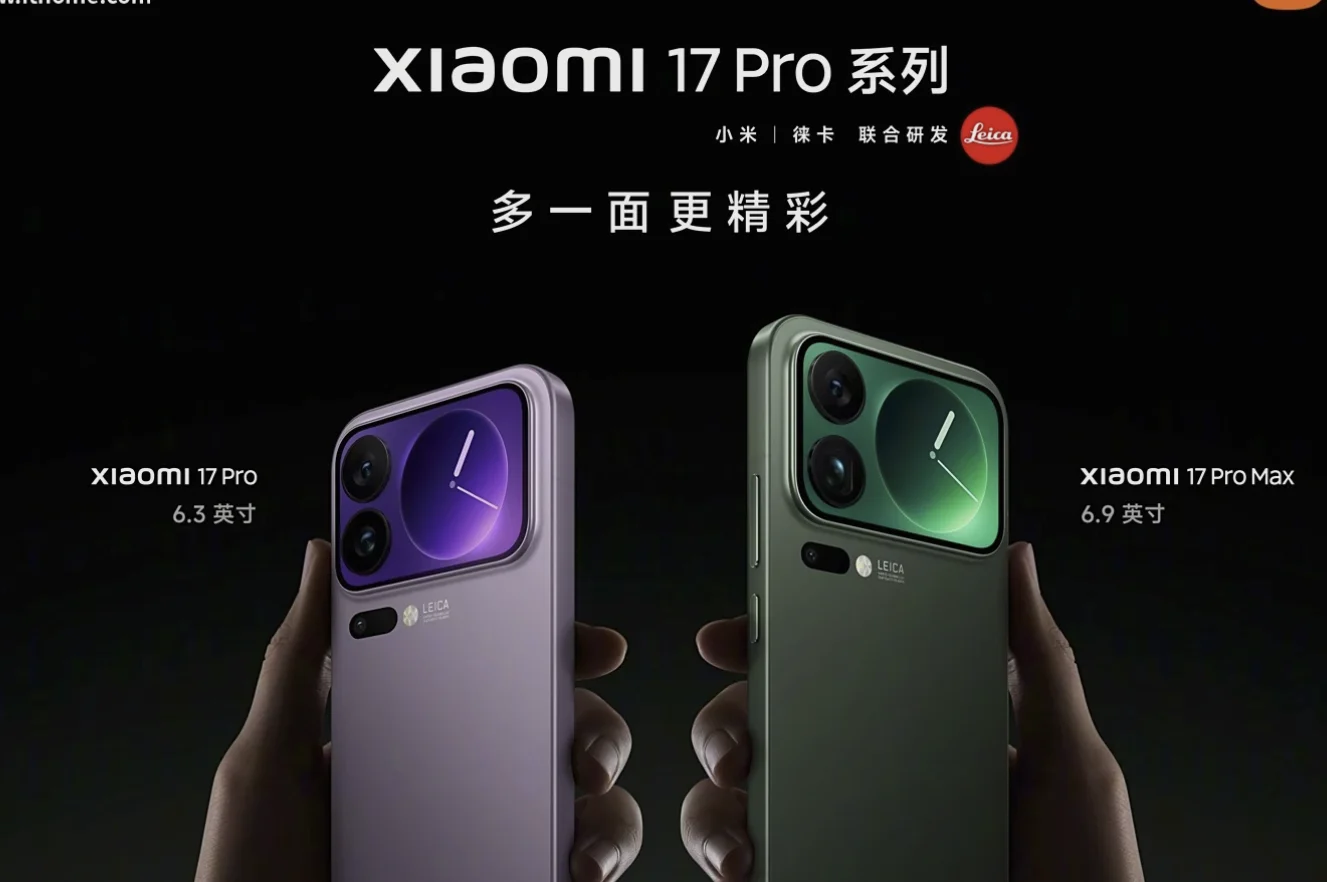
The camera system is another trump card. Featuring the Leica Summilux system, it boasts a 50MP main sensor with a massive 1/1.28″ size (incredible for low-light shots), an ultra-wide lens, and in the Max, a 10x optical periscope telephoto lens (compared to 5x on the Pro). Early tests show 30% more detail when zooming compared to the iPhone 17 Pro Max, with vibrant colors and minimal noise even in tough conditions. The “High Dynamic LOFIC Technology” ensures that backlit photos come out perfectly, earning it the nickname “King of Backlight.”
But the real game-changer? The battery. The Pro Max packs a colossal 7,500 mAh battery, supported by blazing-fast 100W wired and 50W wireless charging. This means you can get through a full day of heavy use without even thinking about a charger. Compared to the iPhone’s 3,692 mAh, it’s almost double, and with HyperOS 3 (based on Android 15) optimizations, power efficiency gets a 20% boost. The 6.9-inch “Super Pixel” display, with its 2.6K resolution and a staggering 3,500 nits brightness, also sips power – reducing consumption by 26% thanks to an innovative RGB arrangement. This is a homegrown Xiaomi advancement, not reliant on foreign suppliers.
And for the cherry on top? Accessories like the retro game console case (299 yuan) turn the Pro into a modern Game Boy, and integration with the Mi Home ecosystem lets you control your smart appliances with a simple gesture.
The Domino Effect: What This Means for Apple and the Market
This isn’t just a win for Xiaomi; it’s a seismic event. In a market where Apple and Samsung command a massive 70% of the global premium segment, Xiaomi’s 14.4% growth in Q2 2025 (IDC) signals a power shift. In China, where Xiaomi is already a leader, the Pro Max could export this success to Europe and Latin America, where the brand is already seeing 40% annual growth. Analysts at Hua Tai Securities see Xiaomi’s own Xuanjie chip as a crucial step towards independence from Qualcomm, mirroring Apple’s tightly integrated ecosystem.
However, it’s not all smooth sailing. Some critics on X are pointing out design similarities to the iPhone 17 Pro Max – “Innovation or imitation?” – and a few users are reporting shipping delays outside of China. Still, with projections of 10 million units sold over its lifecycle (compared to 8.5 million for the 15), Xiaomi is cementing its commitment to “affordable premium.”
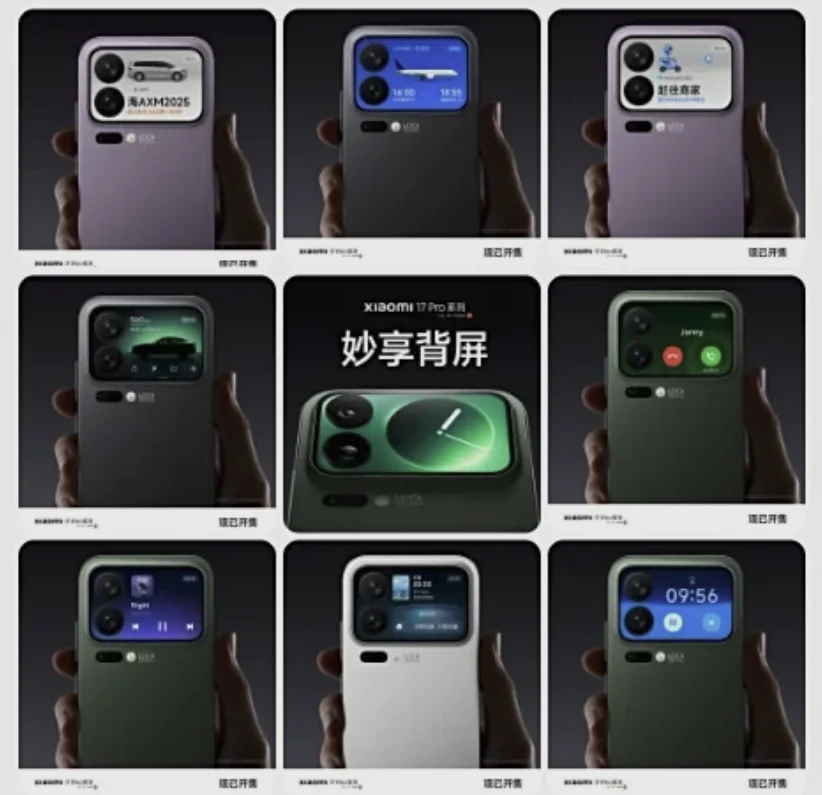
Looking Ahead: Is the Future Chinese?
As September 28th, 2025, rolls on, with Lu Weibing still handing out phones in Beijing and Lei Jun tweeting stock updates, one thing is clear: the Xiaomi 17 isn’t just a phone; it’s a statement. With accelerated production and real-time feedback being incorporated, Xiaomi is proving that listening to users truly pays off. If the Pro Max can maintain this momentum, it might not just challenge Apple – it could redefine what “flagship” means in 2025: powerful, accessible, and most importantly, deeply connected to real life.
Ready to join the revolution? Xiaomi stores are reporting queues, but the wait might just be worth it. The market just shifted, and Xiaomi is leading the charge.
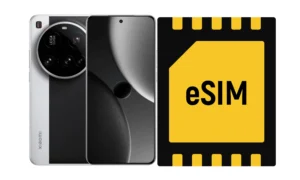
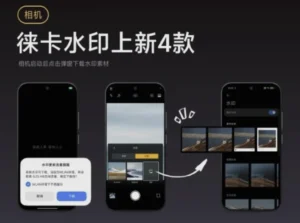

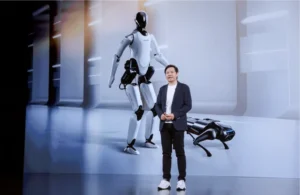

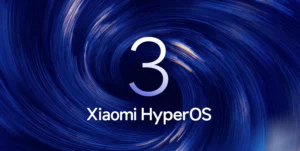
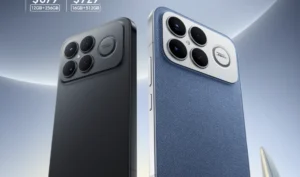

1 thought on “Xiaomi 17 Pro Max Shatters Records, Challenges Apple”